Dissecting
Summer School 2017
Programme Notes: Drawing Matter, Royal Fine Art Commission Trust, Kingston School of Art Summer School.

The impossible whole
It might be best to start this Summer School with a big question – what is the value of architecture? One way to think about such a general question might be to think of its opposite – about the absence of architecture. When confronted with images of devastated cities in the aftermath of a natural disaster or other misfortune, we react with fascinated shock. Even when there is no loss of life there is a sense of something lost. This loss might encompass significant monuments and works of art, but lies no less in more ordinary things – the occasionally banal landscapes and rooms of individual lives, the patina of lives lived. In this feeling we can capture in outline the cultural value that architecture and the built environment add to our societies.
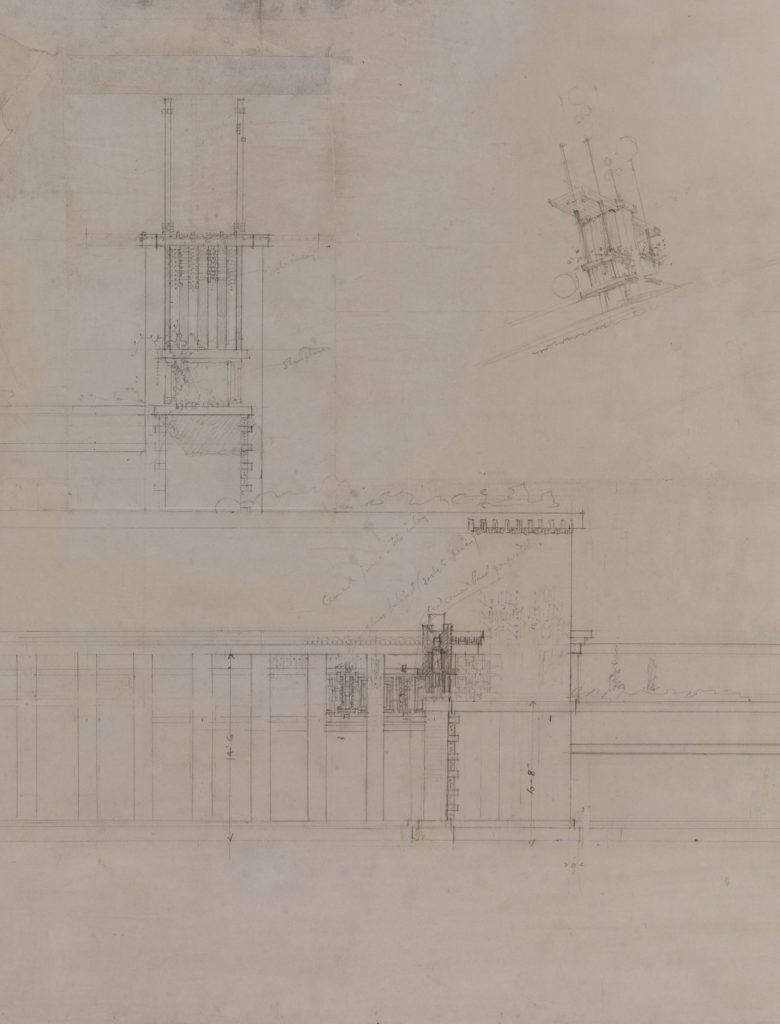
Thinking about the built environment in the light of such a shocking image it is clear that it is this entire edifice which is remarkable – the collective work of generations. Old works and new sit side by side – to the occupant this varied landscape is experienced as an entity, but of course it is composed and made by many individual acts over time. These individual actions can be the design of significant public buildings, but also the ordinary fabric of the streets. It includes acts of maintenance and conservation, alongside vandalism and demolition, and even temporary constructions which last only for brief periods of time. A single street or space might contain buildings many hundreds of years old along with buildings under construction.
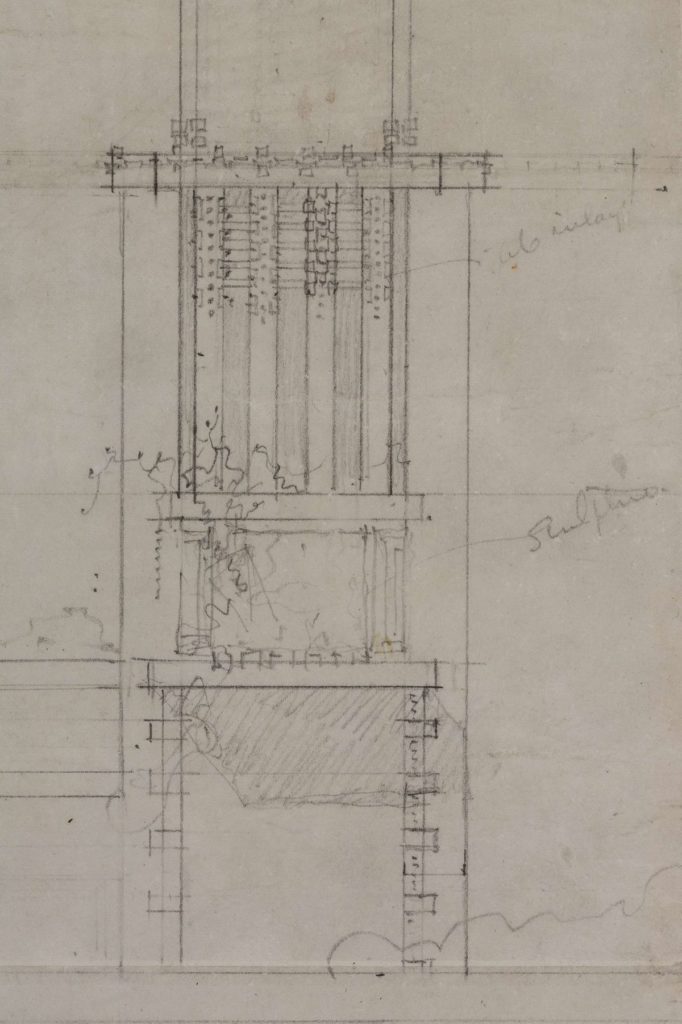
This landscape is never complete, never whole: it is the ability of cities to react to the societies they house that allows them to remain relevant and alive. Societies change, and different pressures alter what we need from the places we live, new types and scales of buildings are required, old buildings are repurposed for new uses. The material we use to make the buildings develop also – reacting to local scarcity and abundance as much as technological developments. Economics and other determinants shape this further – we can see for example times when public buildings were constructed expensively, to last for a prolonged period of time, and others where the pressure has been to deliver buildings as inexpensively as possible. Aesthetics and cultural ideas about the broader value of architecture evolve also – drawing from diverse fields such as philosophy, the arts, or politics. So the buildings we see are the product of a diverse and complex range of pressures and forces – each to some extent contains knowledge about the time of its construction, about the society that called it into being.
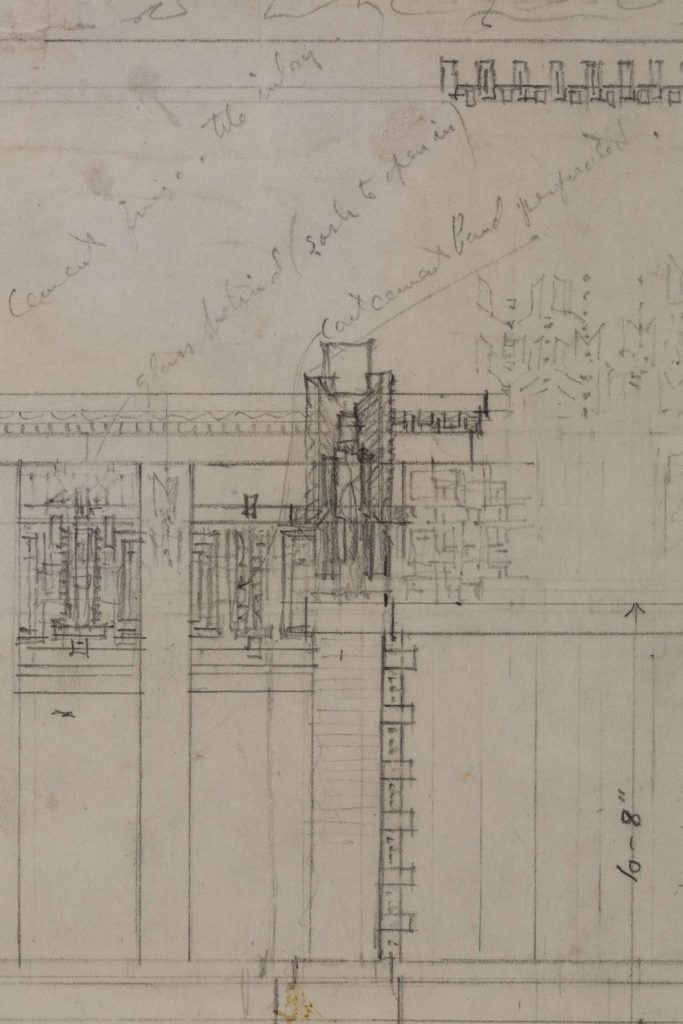
The architect is never an innocent bystander but rather is someone who is always seeking means to act, to engage with and change this environment, hopefully for the better. As architecture arises from real needs that arise in the world we are inevitably enmeshed in society, and make work that draws from this context. Frequently clients, makers and others have strong input into the design.
This said there remains something distinct that lies behind all this – the architects idealised version of things, that is then abraded against the world in order to be made. Architecture has its own cultural currents, its own thinking, and frequently architects build their own view of this ideal version of things out of the buildings they have seen, or the speculations of other architects. It is here, in this space that we will situate our workshop.
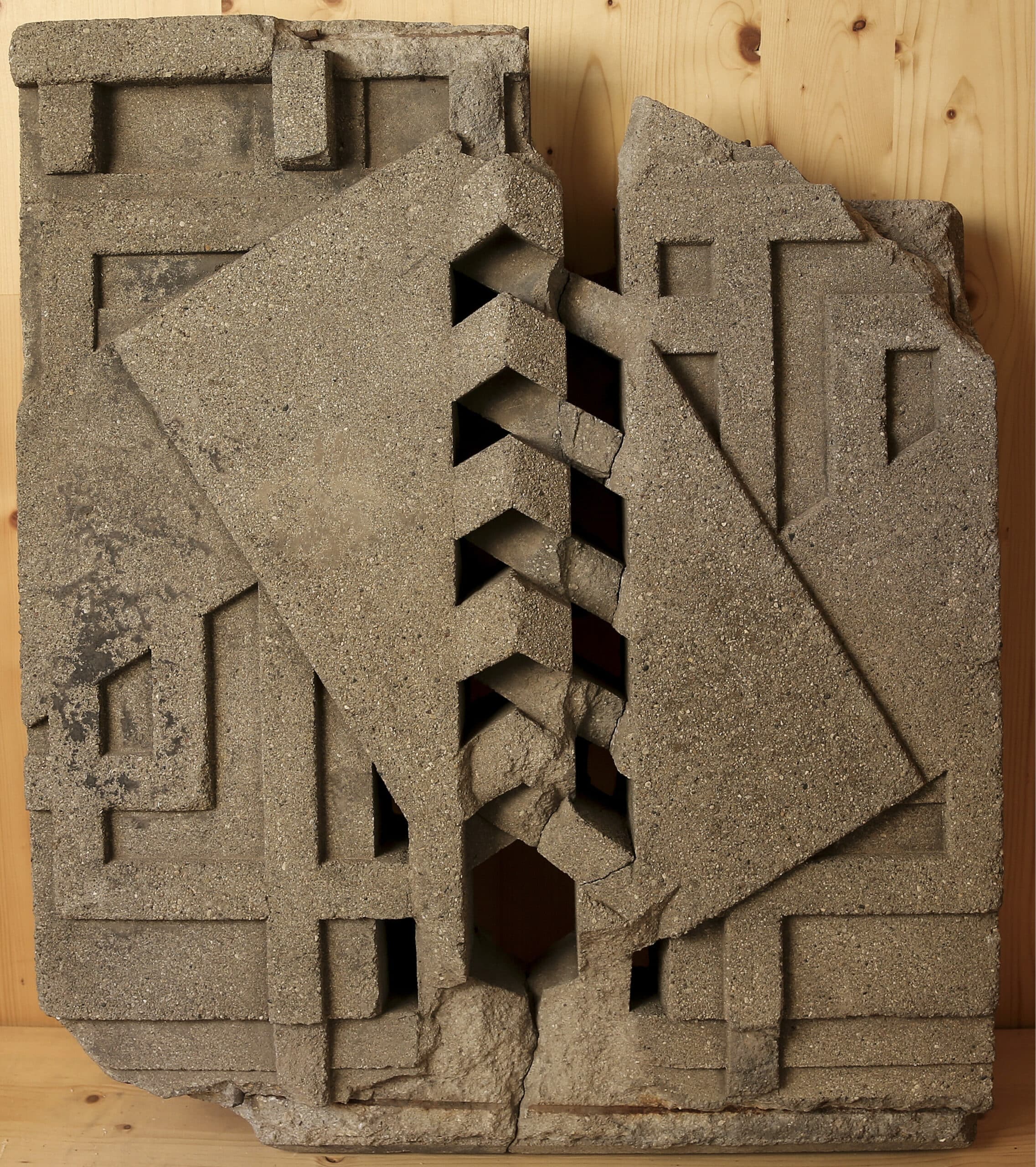
The fragment as context
The rational experience is a rarity. Our world is composed
and recalled in fragments.
Shelley McNamara,
keynote lecture at Constructing the View Conference 2012
In the absence of a prevailing universal order the modern world is divided into isolated areas of specialised knowledge and the specialised production of fragmented realities. Such fragmentation is not intentional, but is inevitably produced by modern knowledge, a paradoxical outcome of the ideal of mathematical universality, which can be achieved only piecemeal. Architecture is shaped by this as much as any other field of endeavour. The emergence of perspective projection presents one means understand how this process began. In this process the reality represented appears as a ‘picture’ that can be treated as an object experienced by a single subject. The close relationship between the new mode of representation and the disengaged subject demonstrates that the fragment cannot be seen as an isolated thing or object but can only be seen in relation to the experiencing person. Many of the governing philosophies which once bound these discrete world views into coherence have by now faded. This has left us with no more than the vague promise of universal knowledge and isolated perceptions. The result is modern pluralism. In his 1995 essay ‘Weak Architecture’ Ignasi de Sola Morales describes the effect of this on architecture as follows. ‘Contemporary Architecture, in conjunction with the other arts, is confronted with the need to build on air, to build in the void. The proposals of contemporary architecture are to be constructed not on the basis of any immovable reference, but under the obligation to posit for each step both the goal and its grounding.’
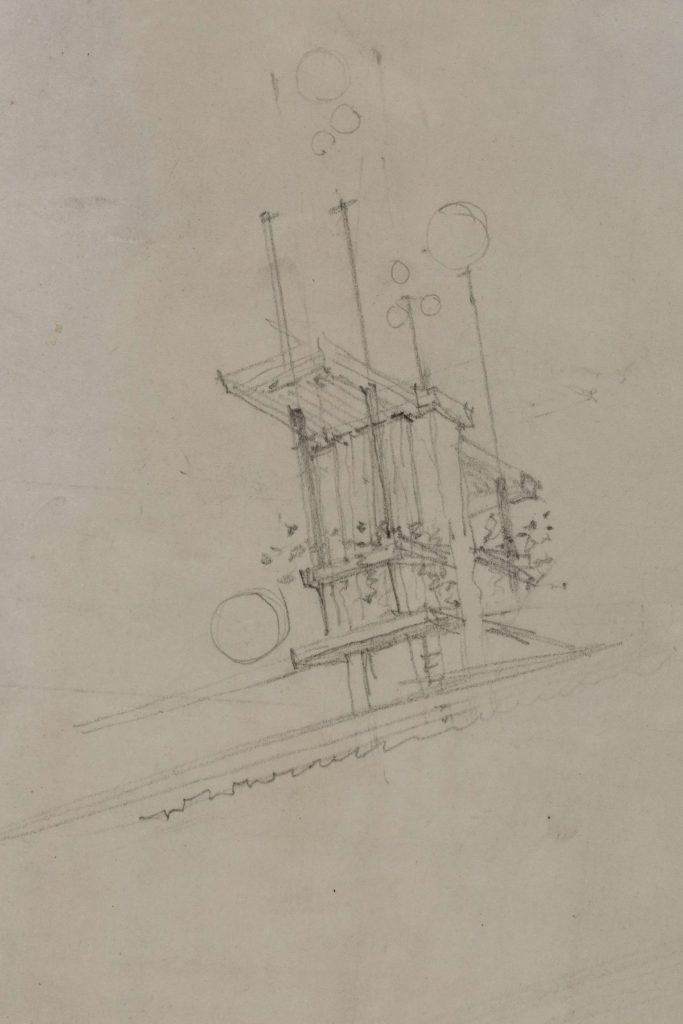
Given that all things are now fragmentary (even if they at first present themselves as complete and unified) the gaps between things, the junctions and frayed edges are a way to understanding the essence of a space we are examining. The fragments each speak of a possible whole, and it is in their juxtaposition that these essences might be made explicit. These moments present the possibility for construction to establish ambiguous visual aphorisms from which an essential quality of a place might be derived. It is in this fragmentary landscape we will set our workshop – we will not try to make sense of the entirety of what we are looking at, but to engage with its fundamentally fragmented nature, and to use this to drive speculation.

– Colm Moore